CHÂTEAU D’ESCLANS’ GARRUS ROSÉ BEDAZZLES
by Susan Manfull
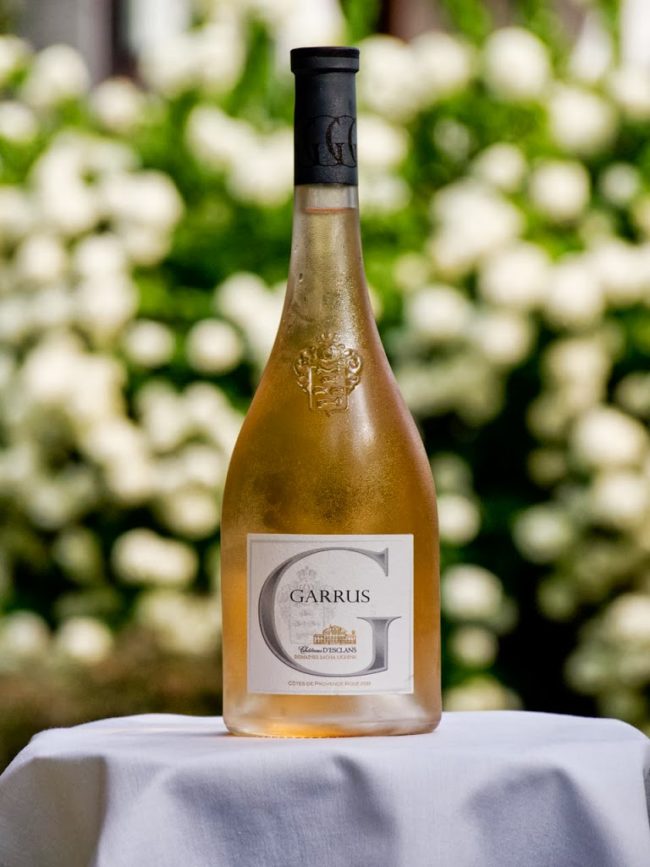
Photo by W.T. Manfull
“It’s a big wine….it’s a long story.”
I bemoaned in my last post that I am not in Provence right now (as I often am this time of year). But, our recent tasting of four rosés from Provence, transported me to that part of the world —tout de suite and without so much as a click of my espadrilles. Ooh la la. That’s what good rosé can do.
I landed in the tiny village of La Motte-en-Provence, in the Var, at Château d’Esclans from whence the star of the tasting hails. We had, for the first time, a bottle of the much-ballyhooed prestige cuvée Garrus (2011) produced by Sacha Lichine, son of legendary Bordeaux producer and influential wine writer Alexis Lichine—but with a long and impressive wine pedigree in his own right–and winemaker Patrick Léon whose bonafides, most notably from Burgundy and Bordeaux, can be compared to just a small number of people in his craft.
As the alleged most expensive rosé in the world and with wine critics like James Suckling describing it as “…arguably the best rosé on earth…,” Garrus took center stage and, for me, it lived up to its billing.
Three strong supporting stars rounded out the tasting. We had a bottle of the immensely popular Whispering Angel (2012), the entry level rosé from the same château as Garrus. Dipping down to Bandol, we opened one of our favorite rosés from Château Pibarnon (2010) and traveling north to the Ventoux, we tried a bottle of Chêne Bleu (2012) for the first time.
I am still thinking about those wines. More on the specifics below, but, right now, I am…
remembering their very pale rose colors, their luscious noses, the way they felt in my mouth, their bone dry taste, their layered flavors, their long finishes, and their exceptionally refreshing natures. Only in Provence….although it hasn’t always been this way.
What’s the story behind this rapid growth of excellent, well-made rosés and how did this region, where inexpensive, (at-best) quaffable pink wines reigned over the land for so long, come to produce a bottle of rosé likened to Grand Cru White Burgundy and Dom Perignon Champagne… with a price tag to match?
And, by the way, what did two certified sommeliers, two wine shop owners, and three huge rosé fans—sans credentials—have to say about Garrus and the others? (Spoiler alert: really good things.)
THE PRELUDE TO PROVENCE’S GOOD ROSÉ
“But think of wine. It’s red or white.” Alan Jay Lerner (lyrics from 1958 musical film Gigi)
In the 1940s, Julian Street diplomatically summed up the state of rosé affairs at that time in his Table Topics: “He sniffed, tasted [the rosé], considered; then, with a slow nod of agreement, said: ‘Nothing there—like kissing your aunt.'”
With Mateus and Lancers as the leading rosés at the time, one understands the author’s sentiments. In fact, his conclusion could have been worse! Provence was certainly producing rosé at that time but very little was fit to leave the region.
Had today’s Provence rosés been around back then, Street would assuredly have concluded something pretty special was there. And had Garrus, heralded as the champagne of rosés, been conceived at that time, Street, putting his socks back on, could not possibly have mistaken it for kissing his aunt.
Rosés have been around for some 2500 years in France, thanks to the Greeks who produced red wine so pale—the grape skin and juice were not together long enough to impart much color—that it probably really was rosé. According the U.S. Trade Office for the Wines of Provence, Provence is the birthplace of rosé (as well as all of French wine). But, good rosés did not emerge until very recently, a very long delivery but what an illustrious birth!
“Until around ten years ago, with few exceptions like [the Domaines of] Tempiers and Ott, rosé-making was not very serious, “ explained Paul Chevalier, National Fine Wine Director of Shaw-Ross International Importers, and importer of Château d’Esclans rosé wines, including Garrus.
“Most rosés were a byproduct of red wine making,” said Chevalier whose impressive career has included winemaking and viticulture education at the University of Reims and the University of Bordeaux and professional experience at Château Margaux, Champagne Veuve Clicquot, and Cloudy Bay. “Producers thought ‘Let’s drain off a little juice and make some extra money over the summer’.”
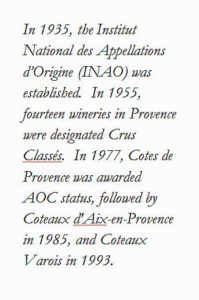 It should be mentioned that not far away, in the Rhone Valley, just a smidgen past the line that divides Provence from the Languedoc-Roussillon region, folks in Tavel had been focused on rosés for centuries. Anything but a byproduct, they honed their rosé vinification as long ago as the early 13th century. At that time, it was the main wine in the cellar of the Papal Palace as well as the favorite wine of Kings Philippe le Bel (1268 – 1314) and Louis XIV (1638 -1715), earning it the title “Rosé of Kings.” It was the first rosé to receive Appellation d’Origine Contrôlée (AOC) status (in 1936) and Tavel still, by definition, only refers to rosé. Tavel rosé is quite dark and heavy and, if it were my only source for rosés, I would stick with red and white.
It should be mentioned that not far away, in the Rhone Valley, just a smidgen past the line that divides Provence from the Languedoc-Roussillon region, folks in Tavel had been focused on rosés for centuries. Anything but a byproduct, they honed their rosé vinification as long ago as the early 13th century. At that time, it was the main wine in the cellar of the Papal Palace as well as the favorite wine of Kings Philippe le Bel (1268 – 1314) and Louis XIV (1638 -1715), earning it the title “Rosé of Kings.” It was the first rosé to receive Appellation d’Origine Contrôlée (AOC) status (in 1936) and Tavel still, by definition, only refers to rosé. Tavel rosé is quite dark and heavy and, if it were my only source for rosés, I would stick with red and white.
I am fortunate to have discovered Provence just as the rosé scene was starting to come into its own. Knowing I came of age in California during the wildly popular wave of White Zinfandel and Blush wines, perhaps God showed mercy and spared me the experience of too many of the crudely-made, pungent-tasting, high-alcohol rosés that preceded today’s fine rosés. The earlier rosés may have tasted good when Provence and the Cotes du Azur were the backdrop but, lugging back home anything but a Tempiers or Ott was usually a disappointment, I am told.
THE REVOLUTION OF PROVENCE ROSÉS
“France is the top rosé producer in the world and Provence makes 40% of all the French AOC rosés.” U.S. Trade Office for the Wines of Provence
Today, few people would argue that the rosés of Provence set the world’s standard for the third color of wine. Very pale rosé color and oh so dry, chalky and minerally, a little fruity with matching acidity. Refreshing, thirst quenching, quaffable. One sip encourages more sips.
“…and few wines are as transporting,” writes Eric Asimov in a 2010 New York Times piece about a rosé tasting. “You really don’t need to see the seaside shimmering in the heat to enjoy a bottle, or smell the lavender, garlic, anise and saffron. It’s all there in the glass, along with the blues, pinks, and yellows of a pastel sky, and the sounds of the motor scooters chugging over the cobblestones. Those are my images, at least. Good rosés call forth from each of us their own.”
In 2013, in another write-up of a rosé tasting (“dominated by Provençal rosés”), Asimov defends rosé from those who say drinking pink wine is “unthinking drinking.” He contends that he both thinks about rosé and is transported by rosé. He writes “A good rosé, at a lunch outdoors, preferably seaside or at least poolside, or even a terrace, at a sidewalk table or on a tar-paper roof, will transport me to Provence as quickly as you can say Brigitte Bardot.” And, then he goes on to present his thoughts on the rosés he tastes. Good rosé, such as that from Provence, is both.
“Think of Fred Astaire and Ginger Rogers,” Win Rhoades says, as he describes what he thinks is a good rosé. “As you watch them dance across the stage, you don’t think about the individual steps, it just flows and you enjoy.” Rhoades, whose favorite rosés come from Provence, goes on to describe exactly what he thinks a good rosé is and isn’t—he is far from an “unthinking” drinker but, like Asimov, allows himself to be transported.
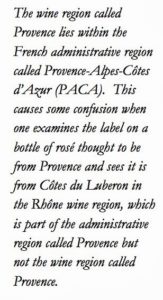 According to U.S. Trade Office for the Wines of Provence, France is the top rosé producer in the world and Provence makes 40% of all the French AOC rosés. The demand for Provence rosé in the U.S. continues to climb at astronomical rates—exports to the U.S. rosé 41% in 2012 from 2011, according to the same group who also reported that U.S. retail sales of “premium imported rosé wines – a category in which Provence is the recognized leader – [shows] increases of 23% on value and 28% on volume for the year 2012.” This, they report, is “double-digit growth” for “more than nine straight years.” The U.S. demand for Provence rosé is second only to France.
According to U.S. Trade Office for the Wines of Provence, France is the top rosé producer in the world and Provence makes 40% of all the French AOC rosés. The demand for Provence rosé in the U.S. continues to climb at astronomical rates—exports to the U.S. rosé 41% in 2012 from 2011, according to the same group who also reported that U.S. retail sales of “premium imported rosé wines – a category in which Provence is the recognized leader – [shows] increases of 23% on value and 28% on volume for the year 2012.” This, they report, is “double-digit growth” for “more than nine straight years.” The U.S. demand for Provence rosé is second only to France.Who knows what propelled the changes in the making of rosés in Provence by the end of the 20th century. Undoubtedly there are many factors that merged to turn rosé winemaking into a serious endeavor.
In other parts of France, technological advances had already enabled more sophisticated wine-making processes that, in turn, led to more consistent (high) quality reds and whites from vintage to vintage.
“Champagne [reaped such benefits] in the 1970s and 1980s; Bordeaux in the 1980s; and Burgundy in the late 1990s,” according to Chevalier. Perhaps it was to be expected that Provence would follow.
About the same time, international tourism in Provence exploded. Long a destination for the French and other Europeans, less expensive air travel, probably coupled with Peter Mayle’s popular book A Year In Provence (1989), put la belle Provence at the top of tourists’ lists of must-visit places. (France remains the most popular country for international tourists, with Provence being the most popular region.)
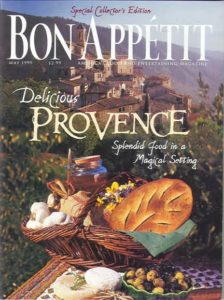
Published in May 1999, this special edition magazine wrote that “serious winemakers are experimenting with dozens of varietals” and that “in general, wines from Provence are neither the subtlest nor the most elegant in the world.” Few rosé producers were mentioned.
Tourists undoubtedly associated rosé with all things Provence—its relaxed life style, its famous lighting, its markets, its enchanting villages, its wafting aromas of lavender and rosemary, and its renowned gastronomy—and wanted to relive la vie Provence when they returned home. Between a jar of honey and a bottle of rosé, most wanted the latter and they didn’t want to be disappointed. I suspect that wine producers began to feel some pressure to produce more serious wines in the last couple decades because not only were travel writers singing the praises of Provence but so were food-and-wine writers and even lowly tourists were making their opinions heard on the internet.Another factor that has surely elevated the quality of rosé production is relocation of winemaking experts from other areas of France to Provence (including those hired by celebrities who have purchased châteaux in Provence—most recently Brad Pitt and Angelina Jolie). At the top of that list would have to be Sacha Lichine and his team, led by Patrick Léon, at Château d’Esclans.
CHÂTEAU D’ESCLANS
Rosé is probably, wine wise, the most difficult wine that I’ve ever had to make, technically. Sacha Lichine
Château d’Esclans lies in the center of the Department of the Var, where the majority of Provence AOC rosé is produced. It is just 25 kilometers from the Mediterranean Sea. The ancient Roman city of Frejus is about that distance away although the château’s wine, especially the Garrus, is more closely aligned with St. Tropez, 42 kilometers due south, where the glamor of Nikki Beach and the glitter of the sumptuous yacht scene provide a perfect market.
The site of the château is said to be exceptionally beautiful. (I have not been there…but hope to visit sometime soon.) Evidence suggests the land was occupied as long as 2500 years ago when it was probably used as a lookout point for intruders sailing into the Gulf of Frejus. The original château—of which now only the cellar remains—dates back to before the 12th century. Today’s château was built in the 19th century (and includes the 12th century cellar, said to be the oldest in the area).
The history (like that of my own house which only dates back to the early 18th century) has some gaps, but it appears that, in 1201, Gérard De Villeneuve, part of a wealthy family from Marseille, took ownership of the château (and a whole lot of land that would eventually be sold off in lots) from Comte de Provence. Apparently two brothers, Sauver Louis Ranque and Francois Alexandre Ranque, were the next to own the château, known then as Terre d’Esclans. In 1875, they sold the property to Joseph Toussaint Caussemille, who manufactured wooden matches near Marseilles. In 1955, the Perraud family owned the property until 1994. At that time, it was purchased by a Swedish pension fund that produced just small amount of wine and sold the remaining grapes to neighboring winemakers. They would hold on to the property until Lichine returned in 2006.
Today there are 156 acres (65 ha) of vineyards in production (of a total of around 660 acres or 270 ha). The primary grape grown on the property is Grenache followed by Rolle but the other usual grapes are there, too: Cinsault, Merlot, Mouvèrdre, Syrah, and Tibouren. The château is known for its old Grenache vines, producing grapes that have a much greater concentration of flavor than younger vines. As elevation increases, the age of the vines increases. At the top are vines as old as 80 years.
I suspect those 80 year-old vines are a large part of what attracted Sacha Lichine to this property. He knew their potential. Old vines, such as these, yield much more concentrated flavor. Lichine explained in a recent video-taped interview with James Suckling that the roots run deeper into the soil and through layers of soil, searching for water and food. So, he went on to say, the upshot is more minerality, flavors, tastes, and general complexities in the grapes.
Lichine first saw the estate when it was for sale in 1994 but would not choose to buy it until 2006. Since purchasing the château, those 80 year-old vines have been the centerpiece of his latest and perhaps greatest passion in winemaking, the Garrus rosé.
Born in Bordeaux, raised in New York City, and schooled in New England, Lichine had, as they say, wine coursing through his veins. But, it was red wine. His father was legendary in the world of wine; among his many accomplishments, he purchased a classified Bordeaux château (which he had the audacity to rename to include his own name, Château Prieuré-Lichine) and he wrote what was for a long time the definitive book of French wine, The Wines of France, both of which happened in 1951 (before Sacha was born).
Lichine was, before purchasing his château in Provence, no lightweight in the wine world. Although often described as living in the shadow of this famous father, the younger Lichine worked as a sommelier in (the once illustrious—said to have had the second-largest wine account in the U.S.—but just recently closed) Anthony’s Pier 4 in Boston, oversaw operations at Château Prieuré-Lichine, and ran his négociant business, to mention just a few things. But, buying Château d’Esclans with the goal of producing the best rosé in the world—and, arguably, succeeding—has unmistakably thrust him out of any shadows and into the limelight.
From Bordeaux to Provence….some folks in the wine world scratched their heads when he sold Château Prieuré-Lichine and bought a château in Provence. Was this a rebellion against his father, described by Sacha himself, to have been a “terrible” father? Was the Provence lifestyle more appealing? Or was it an opportunity to forge a new frontier, to stretch the limits of the world’s oldest known wine?
According to Chevalier who has known Lichine for many years, his friend’s thinking went something like this: “’The quality of red and white whites has been improved with technology and innovation, why can’t we improve the quality of rosé? Why not make a serious rosé?’” (But, I’m sure all that Provençal sunshine looked pretty inviting from cloudy Bordeaux!)
Lichine invited Patrick Léon, world-renowned wine maker in both Burgundy and Bordeaux, to work with him on this venture. Léon’s resume, impossible to summarize so please click on the link, reveals, to mention just two points, that he has worked with Baron Phillipe de Rothschild and Sacha Lichine’s father. I read that Sacha told Léon that, at Château d’Esclans, they would make wine they would want to drink so that if they didn’t sell it, they would like drink it!
Lichine and Léon painstakingly restored the château, dumping the antiquated winemaking equipment, installing the latest generation equipment, and introducing state-of-the-art procedures so that everything from picking the grapes to bottling the wine would lead to the best rosé in Provence.
Temperature, according to Lichine and reinforced by Chevalier in his conversation with me, is the most important factor “throughout the entire process” of rosé winemaking.
To that end, special (small) 10-kilo bins with dry ice “pellets” are used to hold the (ripe) grapes that are carefully selected and picked at dawn so that a cool temperature is maintained. Oak barrels, made by the top traditional coopers, were fitted with a cooling system that enables the temperature control of individual barrels in the cellar, something “quite rare,” said Lichine in a video-recorded interview with James Sucking. The cooling system alone required an investment of over a million euros, he said in the same interview with Suckling, but allows “lots of experimentation with aromas, flavors, and taste.”
Lichine, in the aforementioned interview, said that cold temperatures slow everything down and keep the wine fresh. I was fascinated to hear him say that “rosé is probably, wine wise, the most difficult wine that I’ve ever had to make, technically.” He elaborated that the key is to get “balance between fruit and acidity and to keep the freshness [in] and keep the color out.” Temperature control is indeed essential to this process.
Another investment that sets Château d’Esclans apart from most other rosé producers is the equipment used for sorting of their grapes. According to Chevalier, they use a “high tech Bordeaux Grand Cru technique” that, after de-stemming, allows“hand sorting with double sorting of [grapes] on a vibrating table with an ‘electronic eye’.”
The maceration period, in which the grapes are slightly crushed to just break the skins of the grapes, is quite short, 5-6 hours. According to Chevalier, “Skin contact occurs with zero oxygen contact under nitrogen gas inside the press in very cool conditions.” This technique, “much cleaner than the old fashioned saignée techniques create wines that “have extremely pure, intense, and vibrant fruit characteristics ([with] very little oxidation).”
A “free-run” juice technique is used to maximize concentration. The reserve rosés are not subjected to pressings.
Vinification in oak barrels is very unusual in rosé winemaking, too. The barrels used at Château d’Esclans, as I wrote above, are made by the best traditional coopers. They are also “lightly toasted” and relatively large (600 liter) barrels so that the wood does not “overly mark the wine”. (Note that not all four styles of rosé are vinified in these barrels or in the same manner with these barrels.)
I have to mention that all of the Château d’Esclan bottles are elegant in design and embossed with the family crest from the château. Look for the “Chevalier” (knight’s) hat for a previous owner who was then the lord of the Esclans valley and note the three wild boars (that represent the many that still run wild in the vineyards at night!)
The result of this tremendous effort is four tiers of outstanding rosé in ascending order: Whispering Angel, Château d’Esclans, Les Clans, and Garrus.
In sum, with the technology harnessed by Lichine and his team, the passion unleashed, and the resultant wines, Château d’Esclans has surely influenced winemaking in Provence by invigorating old-world winemakers and raising the bar in the quality. Gone are the days when making rosé as a byproduct of red wine will suffice.
The U.S. Trade Office for the Wines of Provence said, “It’s exciting for the [Provence rosé] category to see this kind of innovation and leadership. Traditionally the winemakers in Provence – the oldest winemaking region in France — do not use oak in their winemaking. Sacha Lichine and his team are creating innovative styles from Provence while staying true to the region’s roots. Their success is one reflection of the enormous rise in popularity among wine drinkers that is being driven by this region and these producers.”
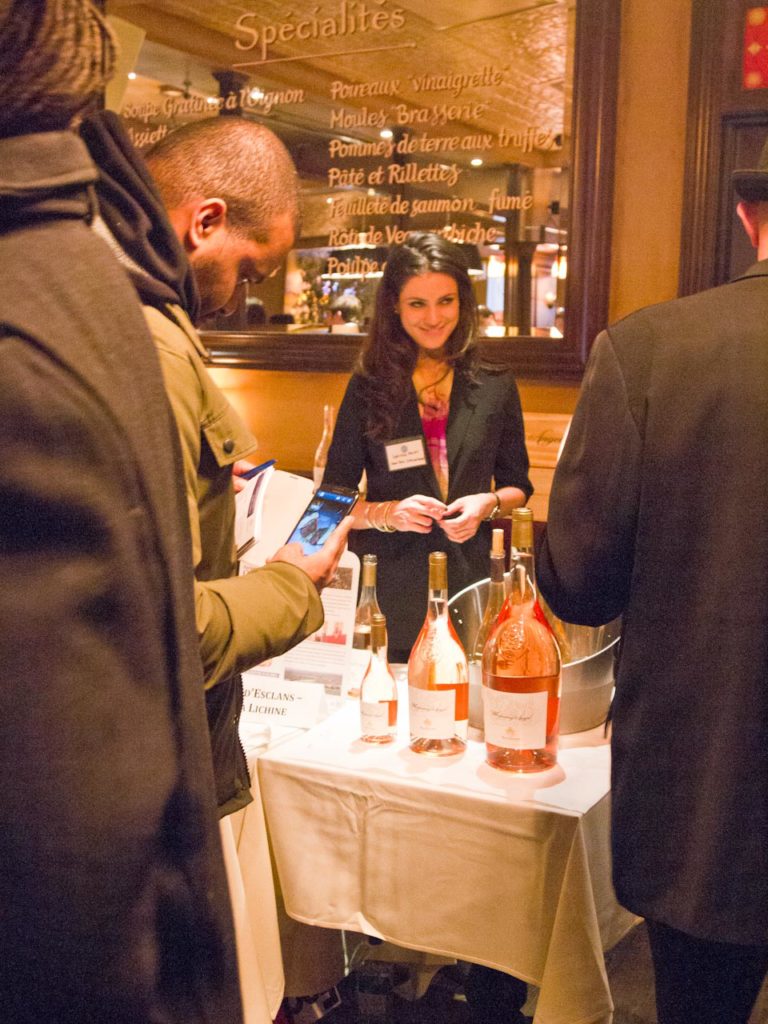
Tasting Rosés from Chateau d’Esclans at “Provence in the City 2013” – New York City. Photo by W.T. Manfull
GARRUS, THE ESTATE’S PREEMINENT ROSÉ
“If rosé and white burgundy had a love child, it would be Garrus.” Jessica Sutton, Certified Sommelier
“Garrus” stems from the Latin word for “bear” and refers to what the Romans called the hill top where the single vineyard of 80 year-old vines currently grows. Apparently, there were once woods up there with lots of wild bears. (And, for a moment, I thought the bear had something to do with Lichine’s Russian heritage!)
Those 80-plus year-old vines, the foundation of the rosé called Garrus, are indeed located at the highest elevation of the property in very rocky and limestone soils and are reserved solely for the purpose making Château d’Esclans’ top tier rosé. It is highly unusual to use such old vines for rosé—although older vines are used to produce rosé champagne, this practice is unique in Provence. It is, in my mind, the first factor that sets Garrus apart from other rosés
These older vines, producing just 8 to 10 bunches per vine (compared to 20 to 22 bunches per vine for those used for Whispering Angel), make a much richer, opulent rosé, according to Chevalier. He added, before I tasted this rosé, “It is not the usual stuff you find around the pool; it is not the light, cheery, and chipper rosé but rather one that is much bigger.”
Because older vines produce fewer grapes, there are fewer barrels and fewer bottles. In 2011, production was limited to ten barrels (which is approximately 1000 cases, half of which would come to the U.S.).
The second factor, a “classic White Burgundy Grand Cru” technique introduced by Patrick Léon, clearly separates Garrus from other rosés: aging in 600-liter French oak barrels that are 100% new and lightly toasted. Both Garrus and the second-tier Les Clans benefit from regular bâtonnages of the yeast lees. Both rosés age for 11 to 12 months in barrel (although Les Clans ages in 50% new oak and 50% year one barrels).
A third factor that puts Garrus in a different category, occupied by very few other rosés, is that it is a collector’s rosé. “You want to set it down for two to three years…and longer,” Chevalier told me.
Vertical tastings from the 2006 vintage reveal that this rosé really does improve with age. “It is smoother and has increased complexity and different flavor,” said Chevalier and added that it is like vintage champagne without the bubbles.
A fourth factor that distinguishes Garrus (and Les Clans) from most other rosés is that it comprises 20% Rolle (the French name for Italian white grape, Vermentino). While Chevalier was reluctant to agree that such a (comparatively high) percentage of Rolle really sets Garrus apart, he did say that Rolle is a “signature stamp of Château d’Esclans.”
The color is very pale with slight shades of yellow (from the oak). The skin contact is just four to five hours. A very challenging process, Chevalier explained, “[because] too little time and there is not as much flavor [but] too much time and [the wine] is darker, heavier.
OUR TASTING
“…and few wines are as transporting,” Eric Asimov, New York Times wine writer
Garrus (2011) $95
Château d’Esclans
AOC Côtes de Provence
80% Grenache, 20% Rolle
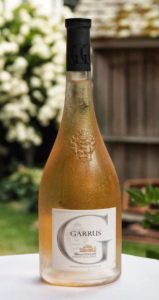 The Garrus rosé (2011) certainly inspired the most conversation of all the wines during the tasting and for days afterwards. Our tasters were intrigued if not fascinated by how this wine stretched the definition of rosé.
The Garrus rosé (2011) certainly inspired the most conversation of all the wines during the tasting and for days afterwards. Our tasters were intrigued if not fascinated by how this wine stretched the definition of rosé.One of the first comments during the tasting was from Jessica Sutton, Certified Sommelier and General Manager of Vinilandia NH Wine Distributors. Sutton, who did not have the benefit of having read the literature said, “If I didn’t know better, I would say that this smells like an awesome Burgundy” and later went on to say that “If rosé and white burgundy had a love child, it would be Garrus.”
But did Sutton like it? A resounding yes. She was immediately struck by the good acidity. “Right on the mark,” she said. “The fruit is perfectly balanced with the acidity, making the wine pair well with food.”
However, like others in the group, she struggled with how to see it as a rosé. “We are taught that rosé is one thing and [Lichine and Léon] are trying to stretch the limits of what everybody thinks rosé is.” I don’t think this issue was a barrier to the pleasure Sutton felt from drinking the wine, but she thought it would make it challenging to sell the wine to someone else.
David Campbell, proprietor of Ceres Street Wine Merchants in Portsmouth, New Hampshire, agreed with Sutton’s sentiments about putting it in the rosé category. “Well done, well thought out, damn good, and unique” and added, “an interesting anomaly.”
“Interesting and innovative,” Sutton added. “There are plenty of people producing the wine next door.”
Sarah MacKinley, Certified Sommelier and Wine Sales Representative for Perfecta Wine Company, focused on the mouthfeel. “[It] is really interesting, very silky and creamy,” sentiments echoed by everyone in the group.
“The creaminess is reminiscent of a Premier Cru Meursault,” said Towny Manfull.
Campbell concurred that the creaminess was very agreeable and wondered where it came from. “My guess is that it is from the oak, a softness and roundness.”
Campbell also “loved the color,” as did everyone in the group.
Win Rhoades, proprietor of South Street & Vine in Portsmouth, New Hampshire, really liked the Garrus. “Extremely interesting,” he said when he first tasted it, “but odd.” He was fascinated by the “fairly pronounced tannins for a rosé” and later said he was “amazed” by the tannins and, still later, noted that the tannins changed. It’s like a “rosé masking as a red wine.”
“It screams of Grenache, really old vines, very flavorful,” Rhoades said, “and also reported very pleasant anise and strawberry on the finish.”
“There’s a lot going on,” MacKinley said about the taste. “Fruit, floral, garigue.”
Campbell commented that the Garrus seemed “hot,” an observation shared by others. Rhoades initially thought he might see this as a flaw but then felt that, as time passed, the wine “corrected itself.” The alcohol content is 14%.
We all thought that the Garrus would be even more enjoyable if we had waited a couple of years (or even longer). We had decanted the wine before serving it, as suggested by a very helpful wine merchant, Pierre-Olivier, at Sherry-Lehmann in New York which, I think, opened it up for us.
My palate focused on the richness, smoothness, and elegance of this wine. I loved the way it felt. In my mind’s eye, I saw it as a buttery white wine and was hard pressed to describe what I actually tasted (except I knew that I really liked it and I didn’t want to engage the cerebral cortex to figure it out!) The finish, as someone suggested, seemed pleasantly spicy (from the Rolle grape, I am told). I really liked it.
Whispering Angel (2012) $20
Château d’Esclans
AOC Côtes de Provence
72% Grenache, 13.1% Rolle, 4.3% Cinsault, 7.1% Syrah, 3.5% Tibouren
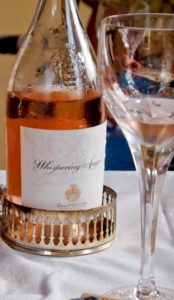 This rosé, a quintessential Provence rosé, is the embodiment of the ideal rosé for most people. It is always a crowd pleaser.
This rosé, a quintessential Provence rosé, is the embodiment of the ideal rosé for most people. It is always a crowd pleaser.Rhoades said that this was his favorite of the tasting. He elaborated, “It was totally ready to drink, there was nice complexity, really definable bouquet elements of strawberry and peach, lightly fleshy mouth feels, texture on the tongue, nicely balanced,” He added “I would pay $20 in a heartbeat.”
This rosé had a real “punch” to it. This was actually our fourth wine and, of the four, brought smiles to our faces faster than any of the others. In contrast, the smiles brought forth by the other wines, for me at least, were deeper and lasted longer.
Claire Fleming, co-proprietor of South Street and Vine, also thoroughly loved this rosé and described it as what most people think of as the perfect rosé. She would really like to see it in her store.
Château de Pibarnon (2010) $42
AOC Bandol
Mourvèdre, Cinsault
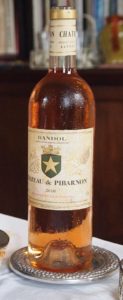 Château de Pibarnon has long been one of my favorite rosés and, like many bottles of rosé, evokes lots of memories of hot days and long lunches at the Côtes d’Azur. I love the minerality of this wine, the pleasant floral and herbal flavors, and its nice body.
Château de Pibarnon has long been one of my favorite rosés and, like many bottles of rosé, evokes lots of memories of hot days and long lunches at the Côtes d’Azur. I love the minerality of this wine, the pleasant floral and herbal flavors, and its nice body.MacKinley, who also liked this wine, tasted citrus, spice, orange peel, and clove.
Although everyone liked this rosé, it didn’t stand out from the others which, I think, was more a function of the tasting itself than the wine. (Maybe I was too busy enjoying it to take notes!) My husband and I certainly remain faithful fans.
Chêne Bleu (2012) $32.95
Vin de Pays du Vaucluse
60% Grenache, 35% Syrah, 5% Cinsault
 Chêne Bleu is an organic wine that is made with grapes from 40+ year-old Grenache vines and 25+ year-old Syrah vines in “small cuvees in the state-of-the-art gravity-fed winery.” The vineyard is described as being “idyllic high-altitude, geologically complex.”
Chêne Bleu is an organic wine that is made with grapes from 40+ year-old Grenache vines and 25+ year-old Syrah vines in “small cuvees in the state-of-the-art gravity-fed winery.” The vineyard is described as being “idyllic high-altitude, geologically complex.”Campbell felt that this was the most interesting wine of the tasting. “Very interesting mouth feel, ‘slickery’,” he said.
Both Mackinley and Sutton tasted pronounced fruits such as strawberry, watermelon, and red raspberry.
Towny thoroughly enjoyed this wine and intends to seek it out to taste again (which I hope he does and, at that time, we will provide more tasting notes). In the meantime, he noted a very creamy mouth feel from this wine, similar (but not as pronounced) as the Garrus. The Chêne Bleu is also aged in “the best French oak barrels.”
SUMMING UP
“Rosé season doesn’t end on the day after Labor Day.” Win Rhoades, wine shop owner
Rosé has come a long way since Julian Street likened its taste to kissing one’s aunt. Today, rosé is no longer considered a second class wine nor one limited to the summer months and informal lunches. It is serious and, as Campbell said about Garrus, “damn good.”
Our tasting–and this long post–was prompted by a bottle of Garrus rosé. As I suggested above, it’s a big wine and a long story. The story of how Provence–the cradle of quaffable rosé–grew into a region of serious rosés and how it gave birth to this very unusual offspring is one that deserves more attention. For me, the story set an intriguing stage for our tasting.
Here are some of the things we are still talking about:
Is Garrus really a rosé? Yes, of course. But, Lichine has really stretched the limits of what we think rosé is. One of the tasters said that she wanted to try it again, alone, outside in her garden to “really taste it” and I think I would be safe in adding, “to get to know it better.”
Chevalier was well prepared when I broached this subject–I suspect he’s heard other people say that they just can’t think of it as rosé–and he encouraged me to think of art at the turn of the last century.
So, I thought of Pablo Picasso, known as “the crazy Spaniard,” and Henri Matisse, whose “Woman with a Hat” evoked more laughter than “oohs and ahs”….except in the Paris apartments of Gertrude Stein and her siblings. So unconventional were those “modern” artists compared to those of the realism tradition (like Gustave Courbet, Édouard Manet, and Winslow Homer) that people didn’t know how to respond. That changed. Lichine’s Garrus is not suffering from the pens of critics who, in the case of early modern art, disliked or didn’t respect the art. On the contrary, his rosé is racking up rave reviews: 93, 93, and 95 from the top wine critics, for example. Unheard of for a still rosé.
People like to put things in categories and many people (I don’t know any!) are even reluctant to embrace rosé as a category. So, those who promote wine have some work to do. “I am all about education,” Chevalier told me.
The subject of price inevitably surfaced. Would you pay $95 for a bottle of rosé? None of us own yachts, the market that is often described as this wine’s target audience, so ponying up that much money is something we have to think about. MacKinley thought it would be a hard sell in New Hampshire but quickly added, “If they can get $95 for it, that’s great!” Another person thought he would prefer a Grand Cru Burgundy. Two people wondered whether they would rather have five $20 bottles (perhaps five bottles of Whispering Angel), a sentiment I initially entertained. However, I found that I couldn’t stop thinking of the Garrus. I love the Whispering Angel—as well as the Château Pibarnot and Chêne Bleu—but the Garrus bedazzled me. I guess I answered my own question when I bought a bottle of 2010 Garrus the next evening.
Does Château d’Esclans produce any red or white wine? Yes, but none is imported. Lichine also has another lower-end line that produces all three colors. It’s called Sacha Lichine International/Vins Sans Frontiers. We tried the rosé and found it decent but rough. (More on this tasting in another post.)
Are wine folks still scratching their heads about Lichine’s Provence venture? It doesn’t sound like it.

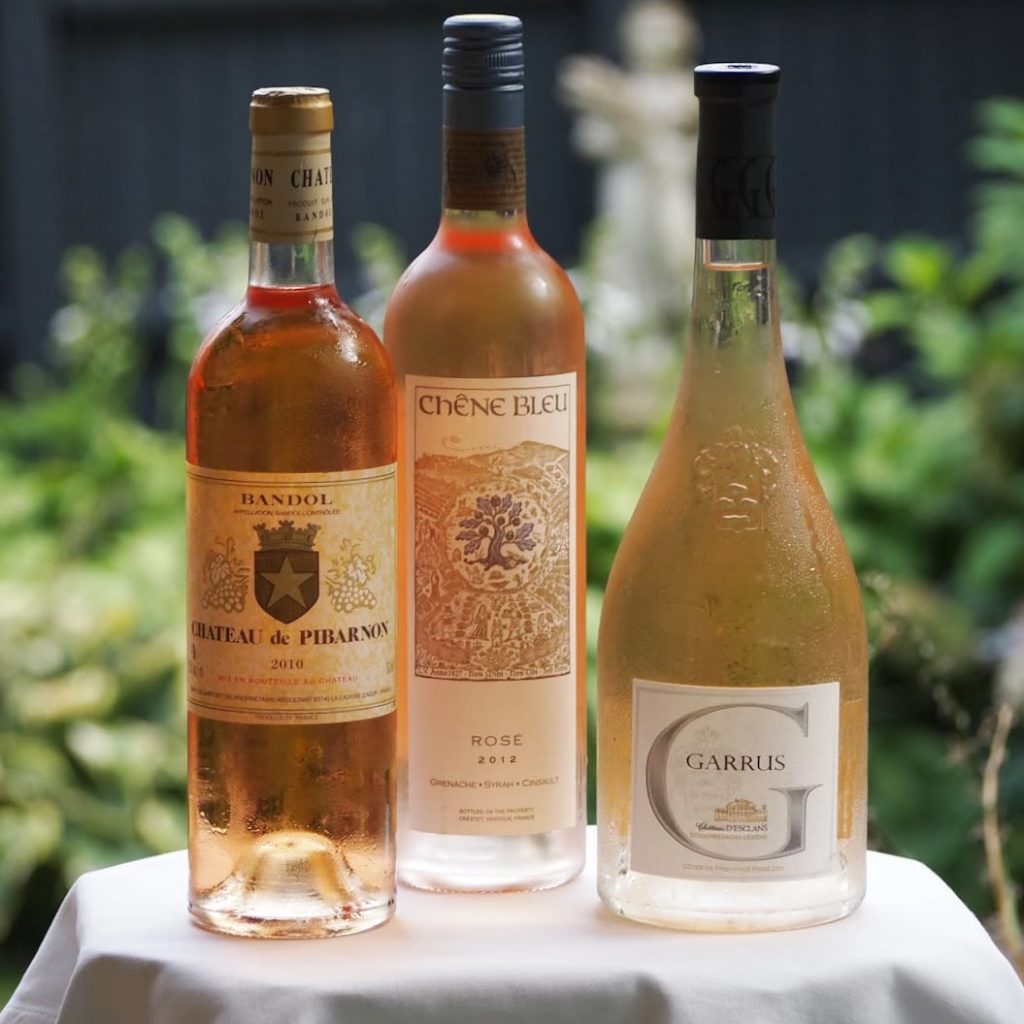
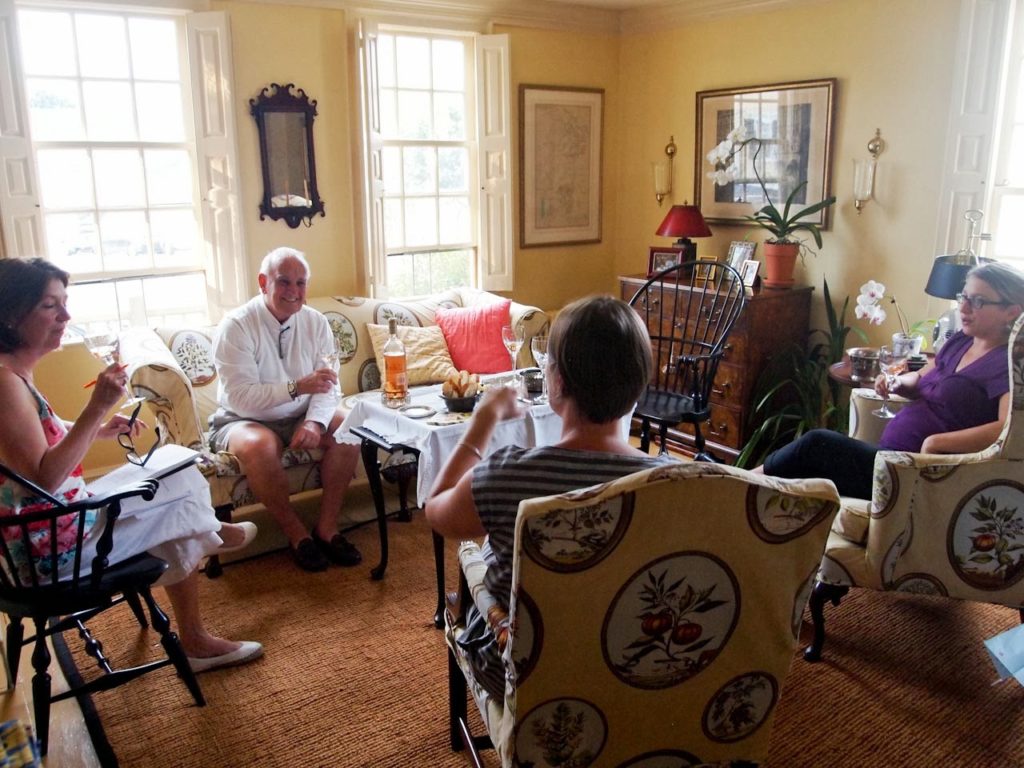
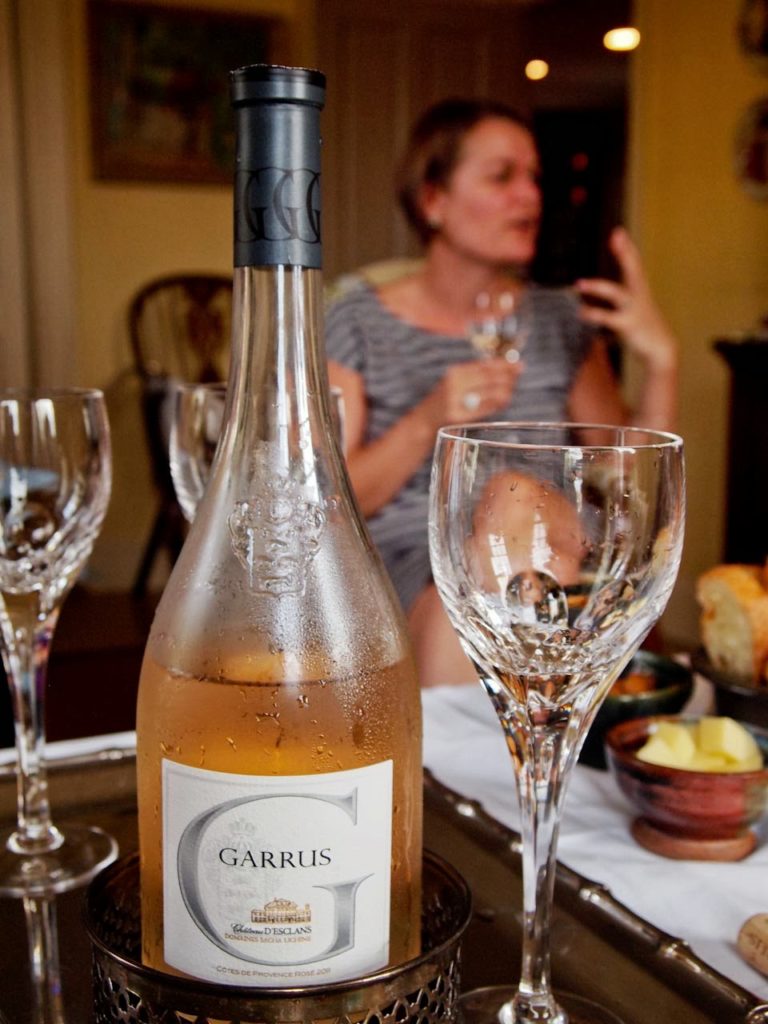
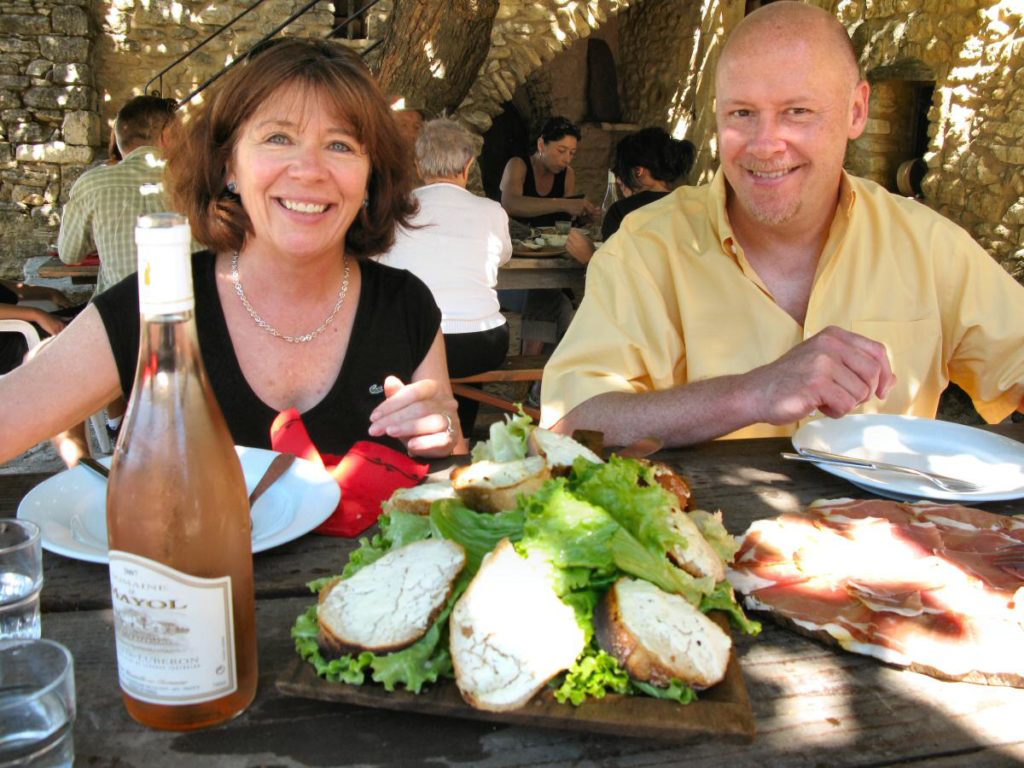
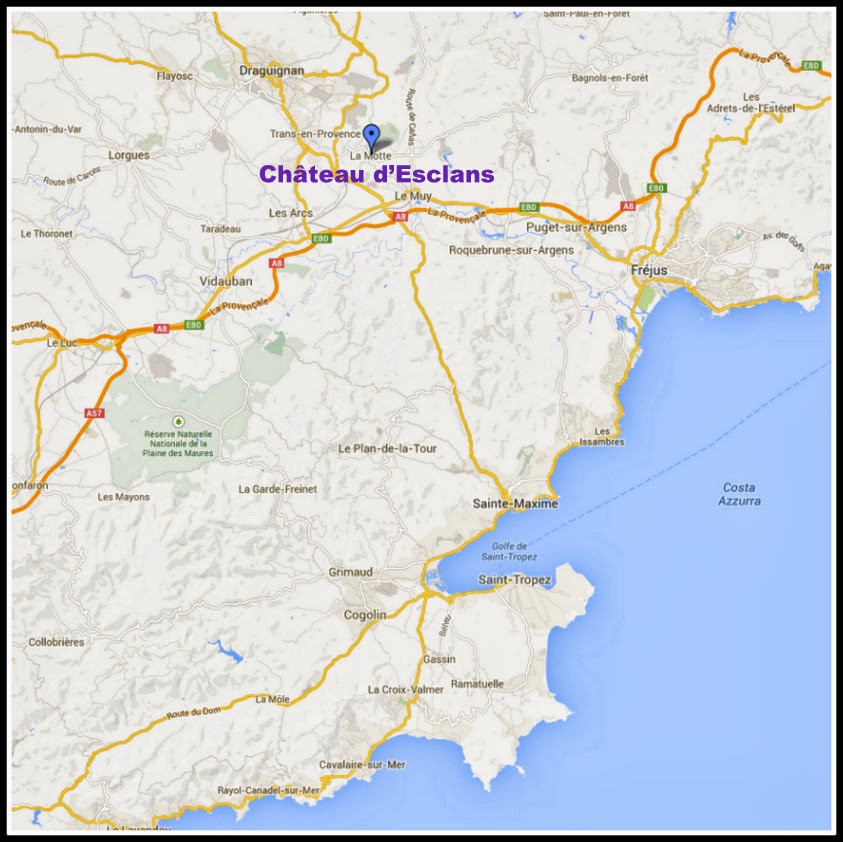
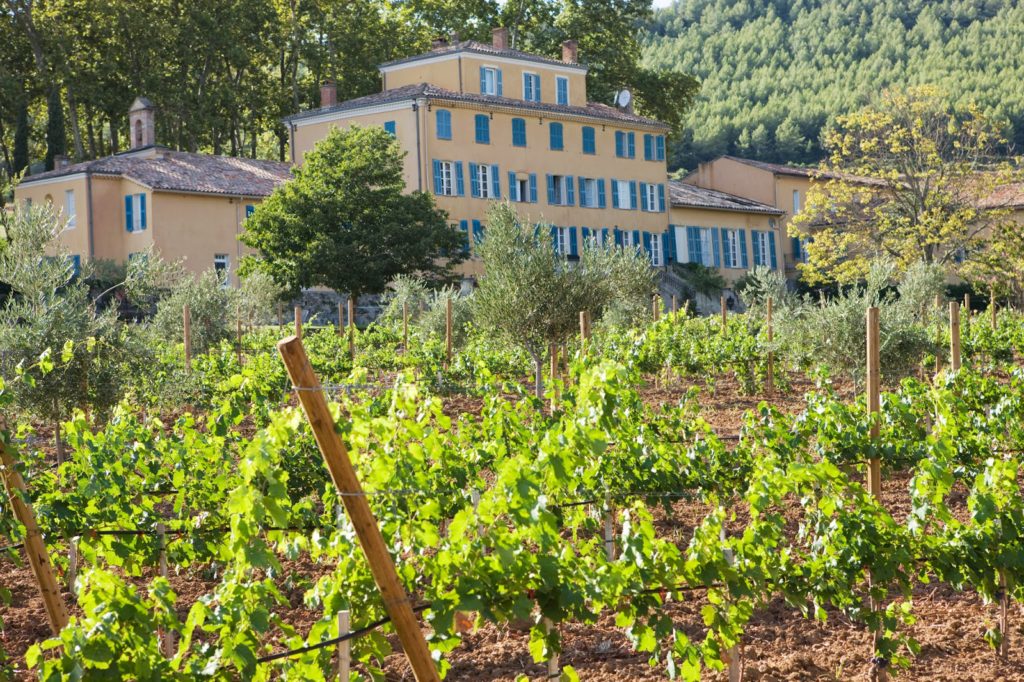
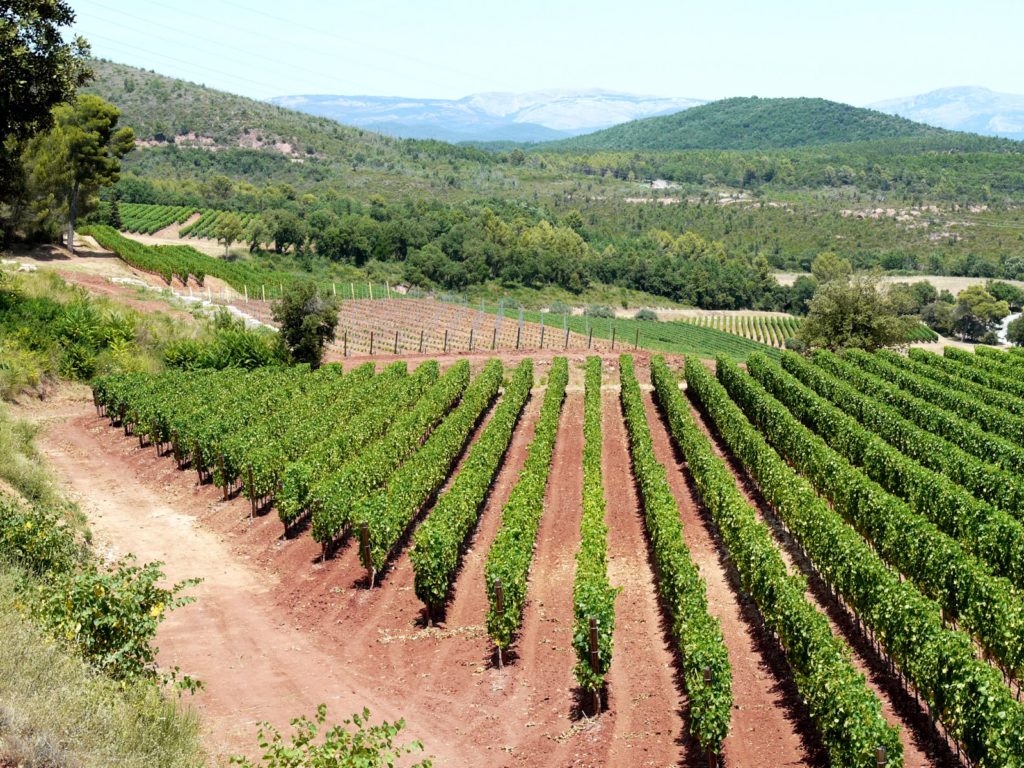
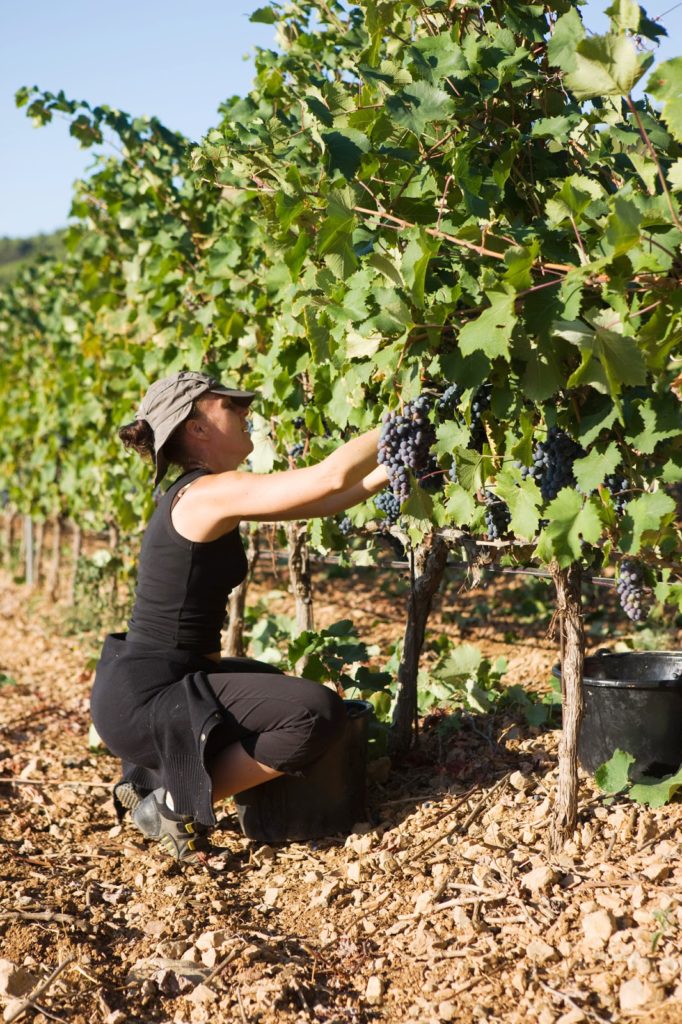
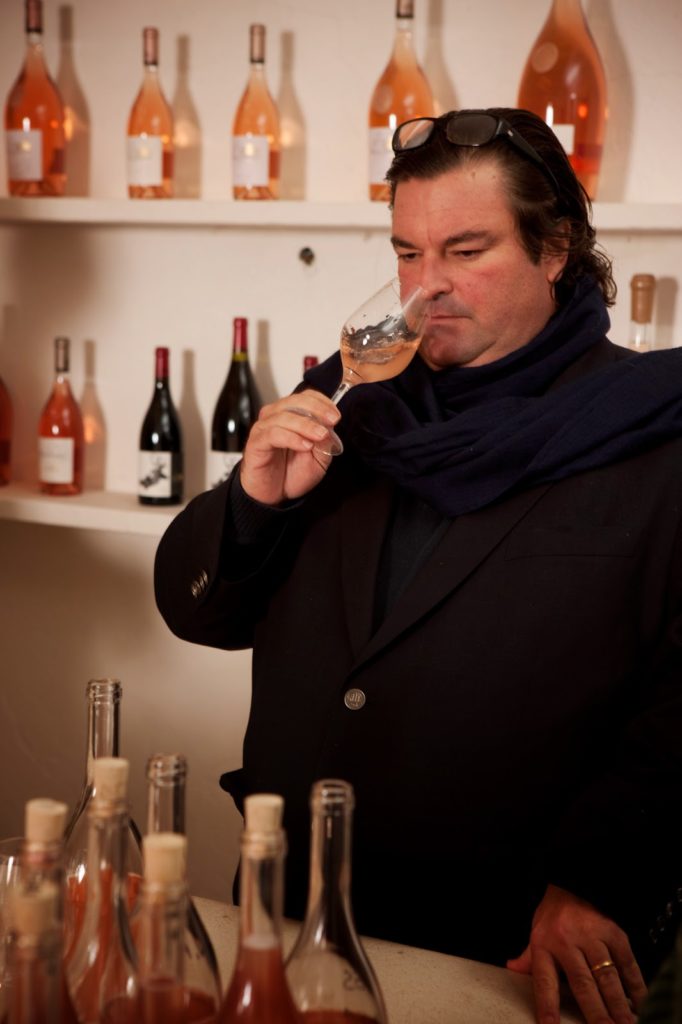
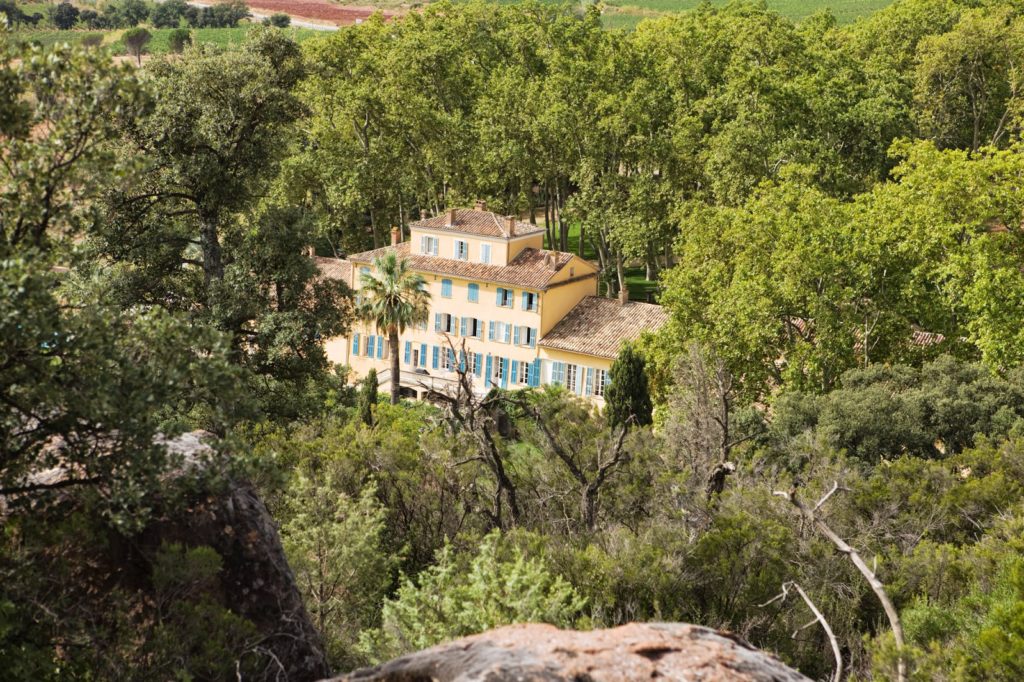
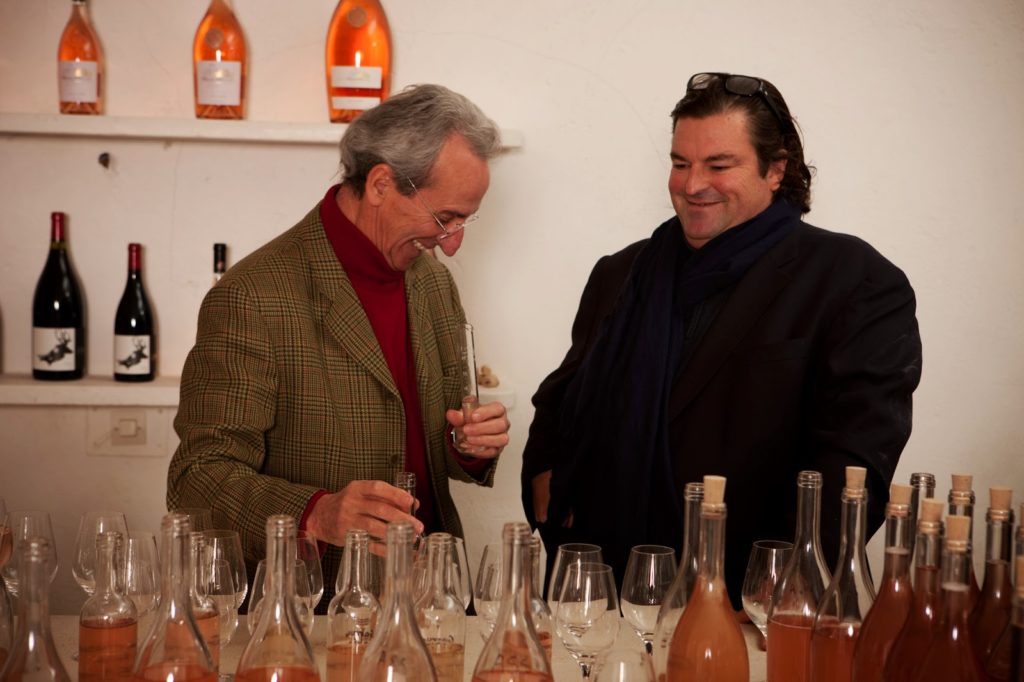
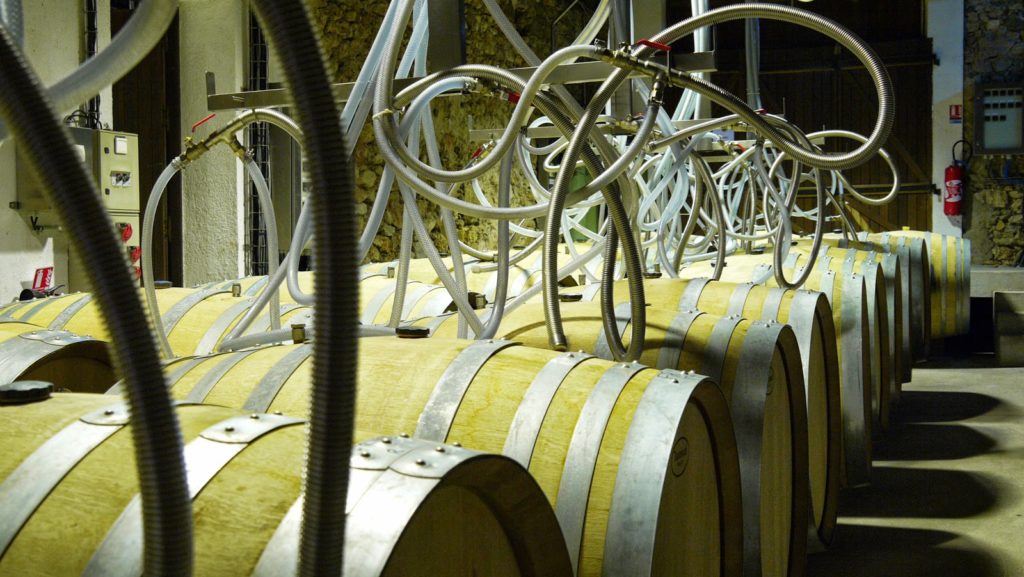
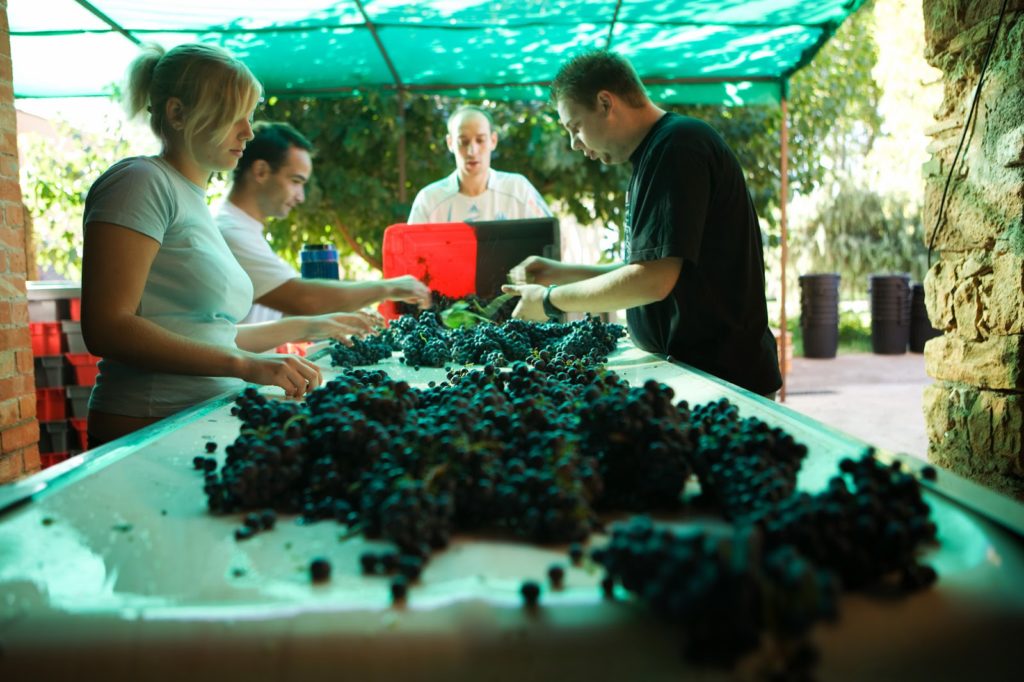
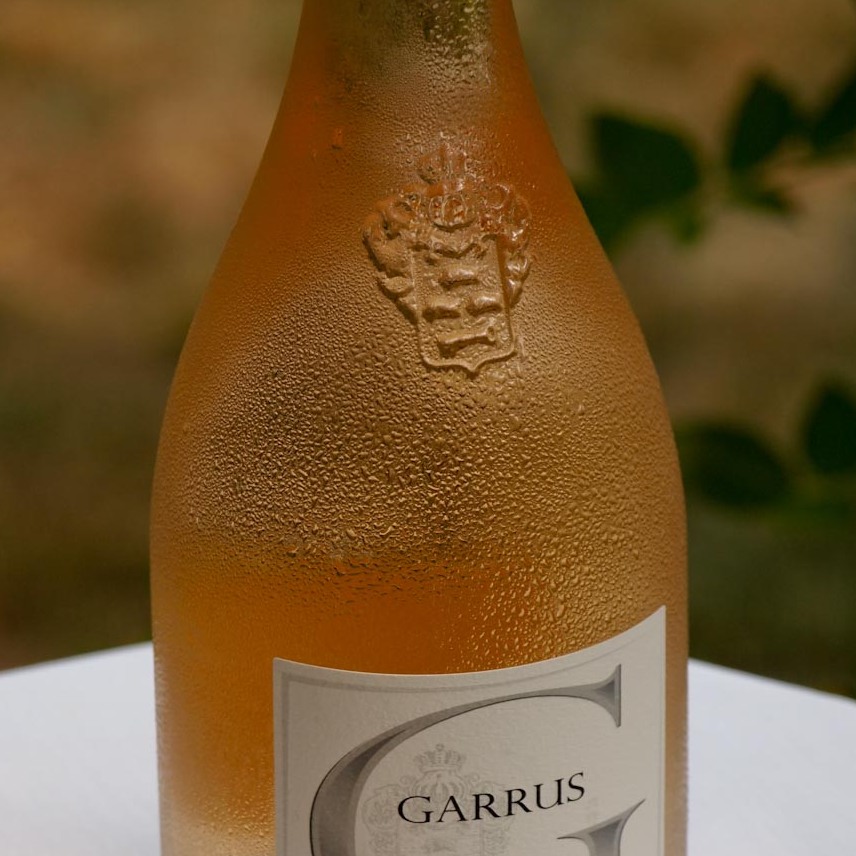
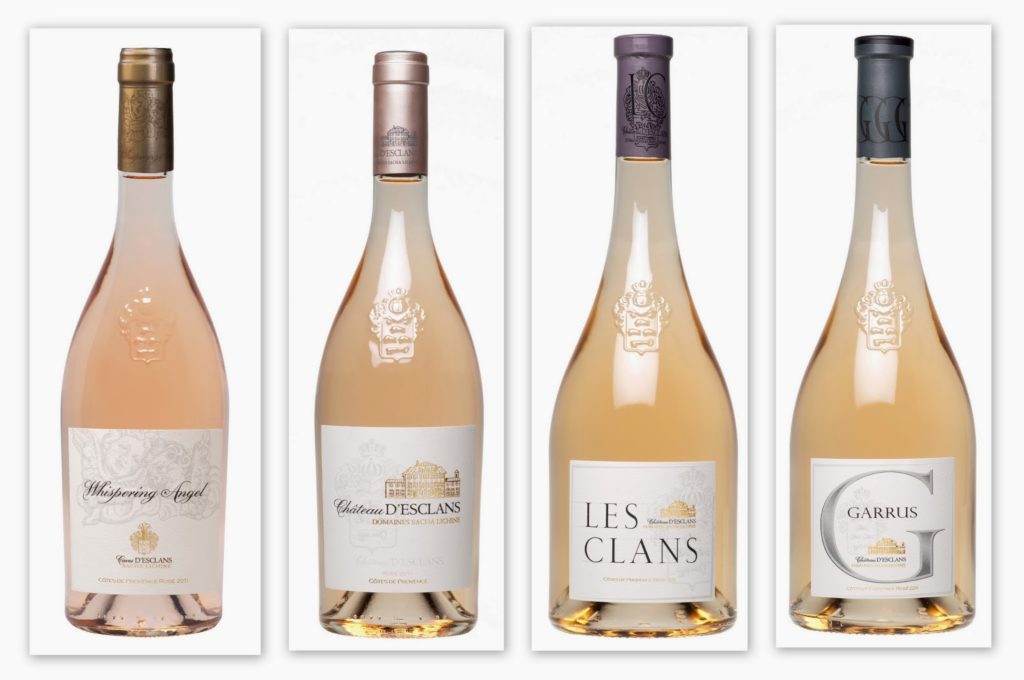
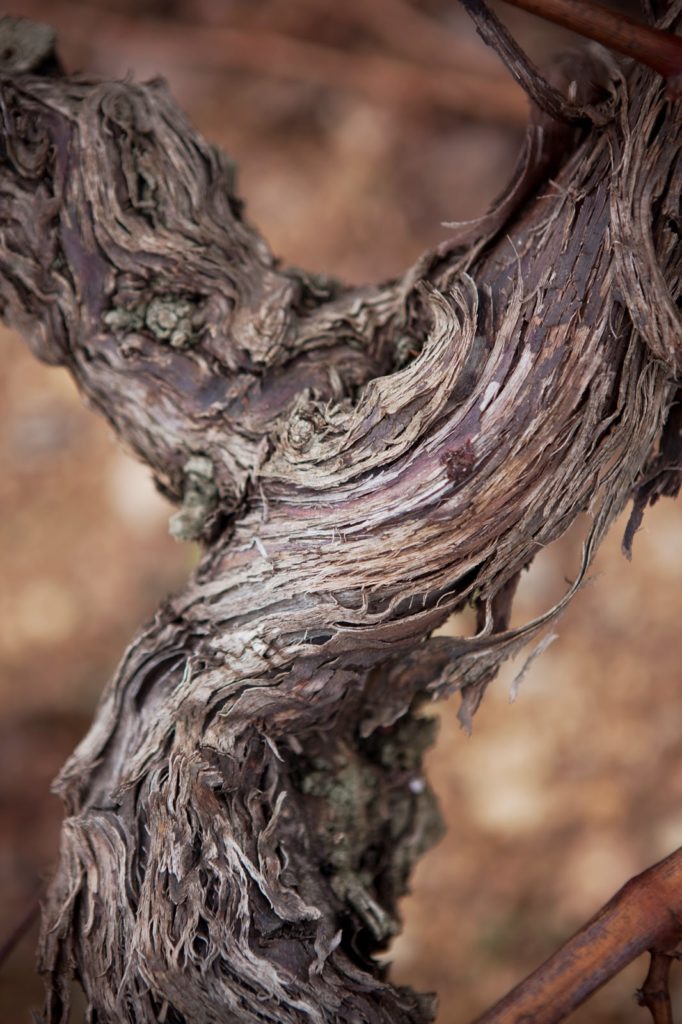
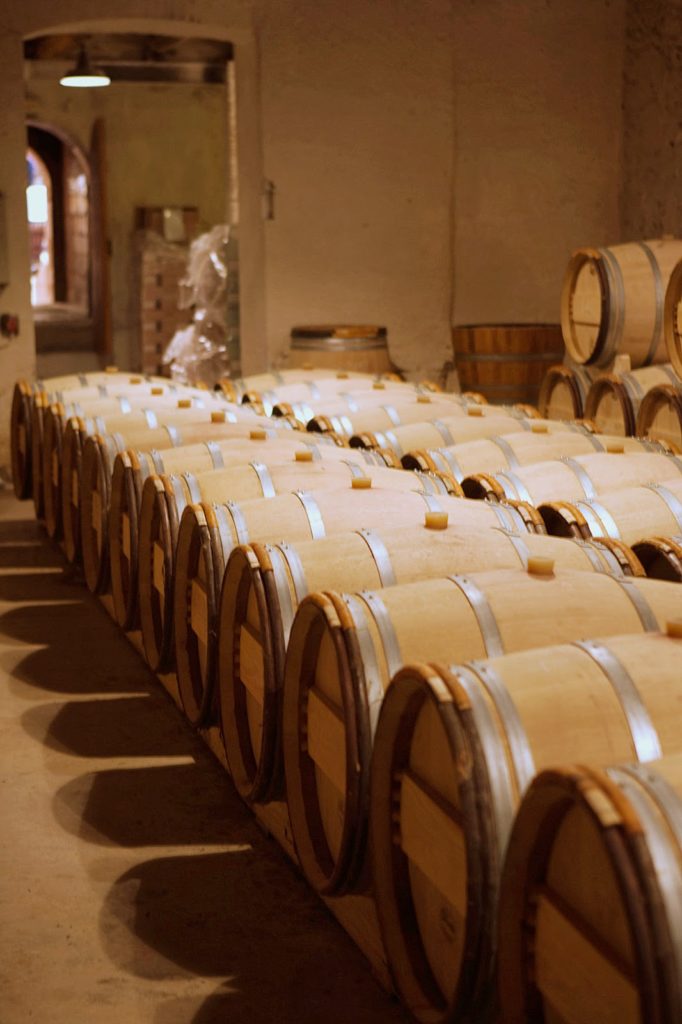
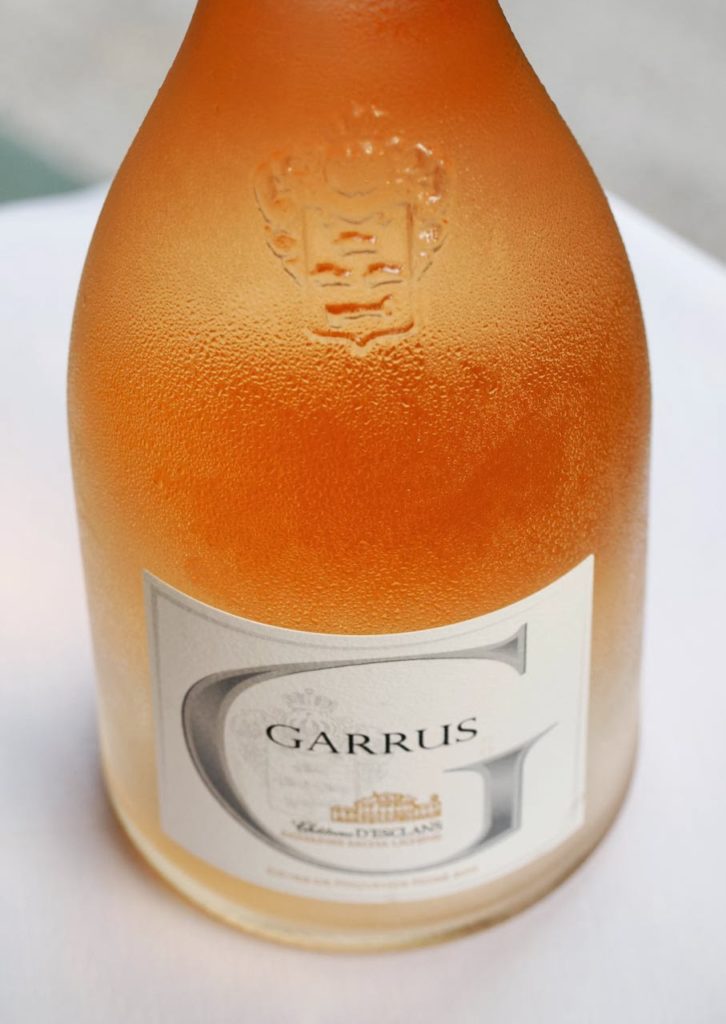
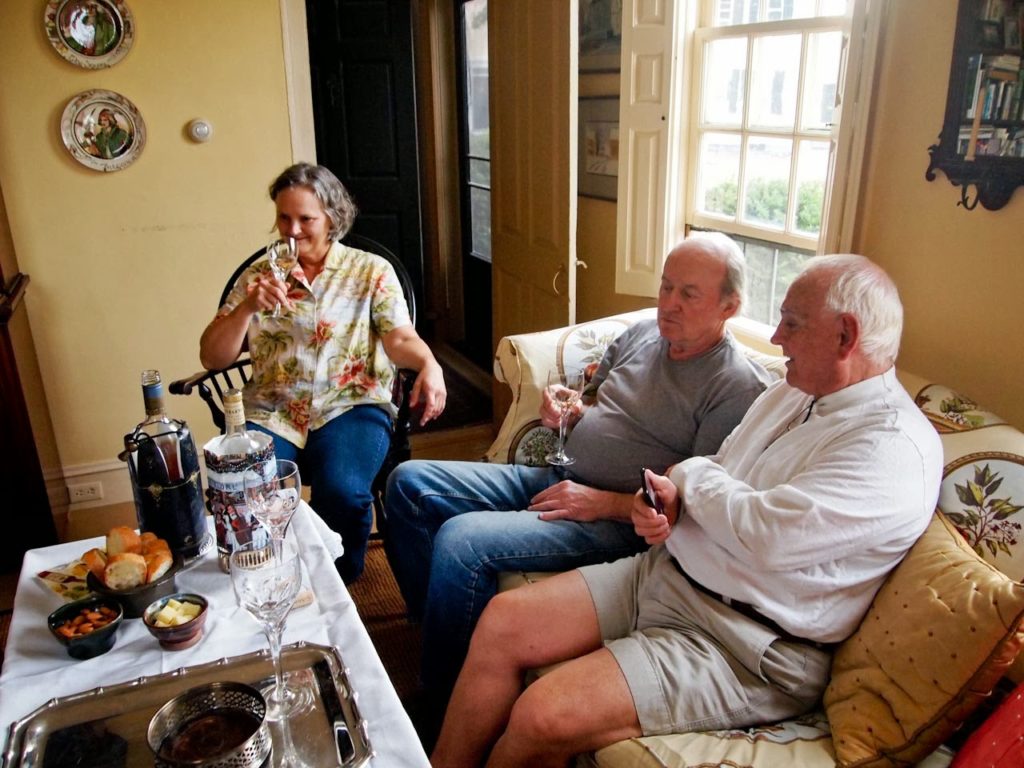
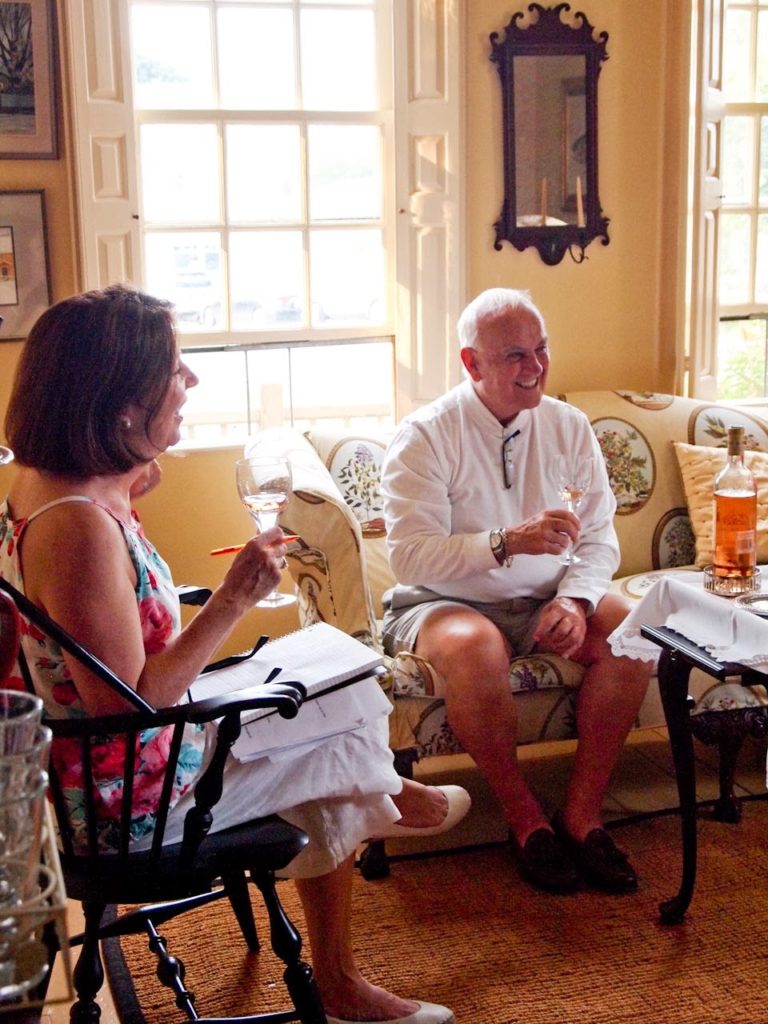
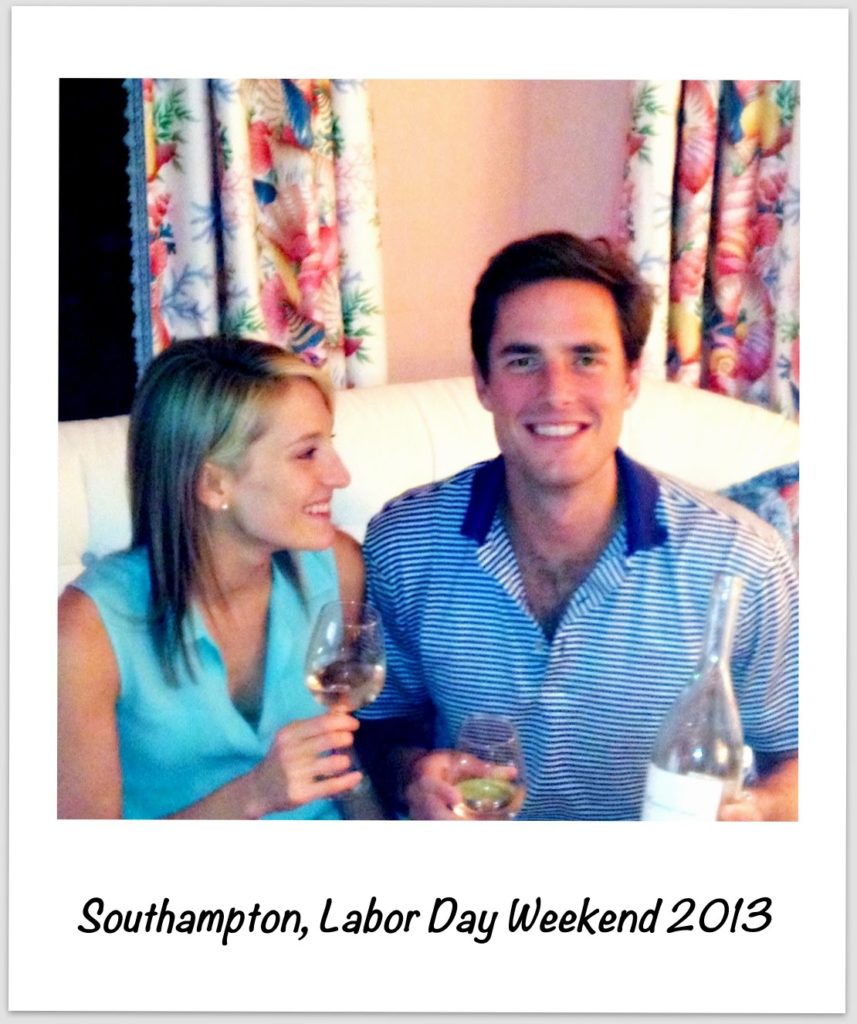
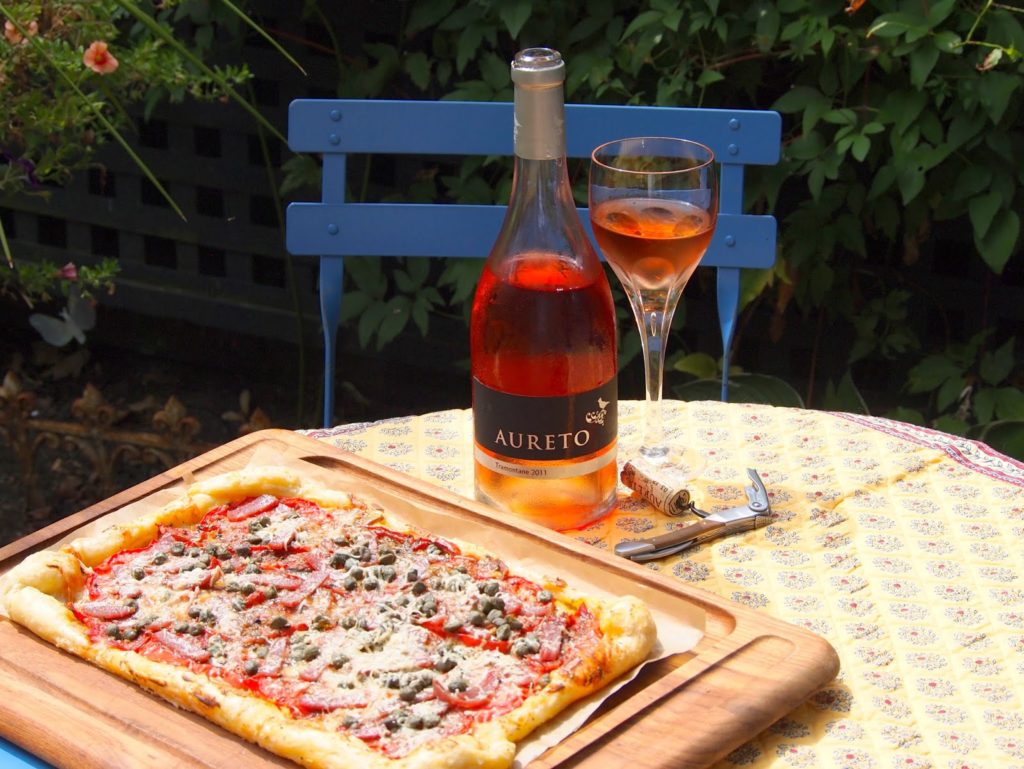
I would like to try a bottle of Garrus for my next birthday. I’m hoping one of our wonderful Portsmouth wine stores will secretly put one away and recommend it to my husband. It would certainly be much cheaper than a trip to Paris!
Great way to put the cost in perspective–Your husband may buy you a case for your birthday!
Unfortunately, it is not available in Portsmouth. But, you can find it at Urban Grape on 303 Columbus Ave in Boston. I worked with Yoko–she was very helpful and is very knowledgeable and she had visited Chateau d’Esclans. TJ,the owner of Urban Grape, was a wealth of information about wine, but, when I met him at the Chestnut Hill store, they did not have Garrus…but they did have Whispering Angel!
I would like to try a bottle of Garrus for my next birthday. I'm hoping one of our wonderful Portsmouth wine stores will secretly put one away and recommend it to my husband. It would certainly be much cheaper than a trip to Paris!
Part of the charm of the early books by Peter Mayle was his description of the community activities found in some little known locations. I recall his describing how he would bring his own jug to the local wine cooperative in (in Bonnieux I believe). I see quite a stretch from Rose wine from the co-op in a plastic jug to $95 a bottle versions. Are we all just victims of a superb marketing campaign? I’ll can’t say about the wine itself, but the price certainly bedazzles.
Hi George,
The good news–that I am sure even Peter Mayle celebrates–is that the wine you fill your jug with at the local cooperative is much better these days! I’m sure that you, like me, have had your share of awful wine out of those jugs in the Luberon!
At the risk of sounding like I drank the kool-aid with the Garrus, these serious rosé producers helped to raise the bar in Provence.
Yea, their marketing is very good…but so is the product!
We have to get you up for another tasting!
Thanks so much for your thoughts!
Part of the charm of the early books by Peter Mayle was his description of the community activities found in some little known locations. I recall his describing how he would bring his own jug to the local wine cooperative in (in Bonnieux I believe). I see quite a stretch from Rose wine from the co-op in a plastic jug to $95 a bottle versions. Are we all just victims of a superb marketing campaign? I’ll can’t say about the wine itself, but the price certainly bedazzles.
Any party at the Manfull’s is sure to provide interesting people, good food, fine spirits and plenty of craic.* Truly, a wine tasting party at the Manfull’s is an invitation to be sought out and certainly not to be missed if you are among the chosen. Fortunately, Susan and Towny are inclusive to those who realize how life enhancing good friends, beautifully prepared food, fine music and delectable wines have proven to be for the many years, oh my, decades I have known them. Whispering Angel is next on my wish list. bonne nuit!
*I could not find a French word/s for craic in any online translator! Seriously?
Always on the cutting edge of cool language….I had to consult Urban Dictionary to learn about “craic.” Great word…wonder if there is a French Urban dictionary? Hmmmm….
Come back and we’ll do some more tasting!
Any party at the Manfull's is sure to provide interesting people, good food, fine spirits and plenty of craic.* Truly, a wine tasting party at the Manfull's is an invitation to be sought out and certainly not to be missed if you are among the chosen. Fortunately, Susan and Towny are inclusive to those who realize how life enhancing good friends, beautifully prepared food, fine music and delectable wines have proven to be for the many years, oh my, decades I have known them. Whispering Angel is next on my wish list. bonne nuit!
*I could not find a French word/s for craic in any online translator! Seriously?
Great way to put the cost in perspective–Your husband may buy you a case for your birthday!
Unfortunately, it is not available in Portsmouth. But, you can find it at Urban Grape on 303 Columbus Ave in Boston. I worked with Yoko–she was very helpful and is very knowledgeable and she had visited Chateau d'Esclans. TJ,the owner of Urban Grape, was a wealth of information about wine, but, when I met him at the Chestnut Hill store, they did not have Garrus…but they did have Whispering Angel!
Hi George,
The good news–that I am sure even Peter Mayle celebrates–is that the wine you fill your jug with at the local cooperative is much better these days! I'm sure that you, like me, have had your share of awful wine out of those jugs in the Luberon!
At the risk of sounding like I drank the kool-aid with the Garrus, these serious rosé producers helped to raise the bar in Provence.
Yea, their marketing is very good…but so is the product!
We have to get you up for another tasting!
Thanks so much for your thoughts!
Oh, how I wish we had been with you all! What an incredible review of these wines, and the history of the rise in popularity of rosé! Thanks so much – I always learn so much from reading your posts! xox, David
I wish you could have been here, too. I’ll supply the wine and you do the cooking. Okay? Maybe I’ll serve the rosés I think would pair best with your meal and Towny can serve his selections….we’ll see whose wines work best! Thanks for you nice comments, too.
Oh, how I wish we had been with you all! What an incredible review of these wines, and the history of the rise in popularity of rosé! Thanks so much – I always learn so much from reading your posts! xox, David
Well done you, Susan. Amazing post. Really. Informative, funny, and fab tasting notes. I can feel the wines in my mouth. You should be doing this professionally. I’m going to get myself to La Motte and taste the d’Esclans reds and whites for you and get me a bottle of Whispering Angel. But for now, it’s time to hit the café and have a verre of ice crackling rosé (no comparison at 1.40€ a glass, of course!).
I will be there soon…let’s make the rounds together…sans le Panda SVP. In the mean time, enjoy the village rosé!
Well done you, Susan. Amazing post. Really. Informative, funny, and fab tasting notes. I can feel the wines in my mouth. You should be doing this professionally. I'm going to get myself to La Motte and taste the d'Esclans reds and whites for you and get me a bottle of Whispering Angel. But for now, it's time to hit the café and have a verre of ice crackling rosé (no comparison at 1.40€ a glass, of course!).
Always on the cutting edge of cool language….I had to consult Urban Dictionary to learn about "craic." Great word…wonder if there is a French Urban dictionary? Hmmmm….
Come back and we'll do some more tasting!
I wish you could have been here, too. I'll supply the wine and you do the cooking. Okay? Maybe I'll serve the rosés I think would pair best with your meal and Towny can serve his selections….we'll see whose wines work best! Thanks for you nice comments, too.
I will be there soon…let's make the rounds together…sans le Panda SVP. In the mean time, enjoy the village rosé!
The picture of you at lunch, well it just made me happy!
I love that place–Le Castelas in Sivergues, otherwise known as the “goat farm.” It’s not far from Lourmarin, although the drive up into the Luberon Mountains is very narrow and windy.
When I was writing about how rosé can so easily transport people back to Provence, I kept thinking of Le Casteles and all the fun lunches (and dinners, too) that I have enjoyed there.
Have you been there, Paul? You would like it.
Thanks so much for the comment–it made me smile!
The picture of you at lunch, well it just made me happy!
I love that place–Le Castelas in Sivergues, otherwise known as the "goat farm." It's not far from Lourmarin, although the drive up into the Luberon Mountains is very narrow and windy.
When I was writing about how rosé can so easily transport people back to Provence, I kept thinking of Le Casteles and all the fun lunches (and dinners, too) that I have enjoyed there.
Have you been there, Paul? You would like it.
Thanks so much for the comment–it made me smile!
Je suis le professeur de Francais de Susan, et je voudrais bien gouter votre vin qui s’appelle Garrus, mais peut-etre Whispering Angel serait preferable parce qu’il est moins cher! Merci beaucoup.
Chere Janine,
We will have to open a bottle during one of my French lessons–maybe my French will be better!
Bisous!
Je suis le professeur de Francais de Susan, et je voudrais bien gouter votre vin qui s'appelle Garrus, mais peut-etre Whispering Angel serait preferable parce qu'il est moins cher! Merci beaucoup.
Hi Susan, Thanks so much for popping by I Dream Of last week. It’s so funny, while we were in Provence I had been researching some villages a friend had recommended, looking for some good spots to grab lunch. I came across your blog and found it quite helpful! So thanks so much for helping to make our little adventures more delicious.
Best,
Jeanne
Hi back Jeanne,
I am so glad that The Modern Trobadors was helpful! I am thoroughly enjoying your evocative posts and just chimed in on your comment “conversation” about fall!
Hi Susan, Thanks so much for popping by I Dream Of last week. It's so funny, while we were in Provence I had been researching some villages a friend had recommended, looking for some good spots to grab lunch. I came across your blog and found it quite helpful! So thanks so much for helping to make our little adventures more delicious.
Best,
Jeanne
Susan–When are you going to open your bottle of Garrus?
Hmmm….I am not quite sure. I would like to hold out a year, but don’t know that I will be able to resist.
I will be tasting some 2010 and 2011 Garrus (as well as some other Château d’Esclans rosés) in October at the NY Wine and Food Festival. Paul Chevalier will be talking about “The Rosé Lifestyle of St. Tropez” as he pours. Here is a link:
http://events.nydailynews.com/new_york_ny/events/show/346968683-chateau-desclans-the-rose-lifestyle-of-st-tropez-hosted-by-paul-chevalier-and-sasha-lachine
The event is Sunday, Oct 20 2:30p to 3:45p and is $85. Let me know if you go!
Susan–When are you going to open your bottle of Garrus?
Chere Janine,
We will have to open a bottle during one of my French lessons–maybe my French will be better!
Bisous!
Hi back Jeanne,
I am so glad that The Modern Trobadors was helpful! I am thoroughly enjoying your evocative posts and just chimed in on your comment "conversation" about fall!
Hmmm….I am not quite sure. I would like to hold out a year, but don't know that I will be able to resist.
I will be tasting some 2010 and 2011 Garrus (as well as some other Château d'Esclans rosés) in October at the NY Wine and Food Festival. Paul Chevalier will be talking about "The Rosé Lifestyle of St. Tropez" as he pours. Here is a link:
http://events.nydailynews.com/new_york_ny/events/show/346968683-chateau-desclans-the-rose-lifestyle-of-st-tropez-hosted-by-paul-chevalier-and-sasha-lachine
The event is Sunday, Oct 20 2:30p to 3:45p and is $85. Let me know if you go!
Are you going to the New York Food and Wine Show to taste some Chateau d’Esclans rose?
That is my hope!
Are you going to the New York Food and Wine Show to taste some Chateau d'Esclans rose?
That is my hope!
Here is the information about the same tasting–but with Sacha Lichine–in Boston at the Wine Expo on February 15th.
11:00 AM – 12:00 PM
Chateau d'Esclan – Sacha Lichine
$35
+/-
Join Sacha Lichine, the son of influential wine writer, wine merchant and Bordeaux Chateau owner, Alexis Lichine, for the Rose tasting of your life! Sacha, who attended college in Boston, will be presenting his Provencal wines from Chateau d'Esclans. While dry rose wines have returned to fashion in the U.S., they have long been the wine of choice on the dining tables of southern France. D'Eslcans has a notably talented winemaker in Patrick Leon. Leon directed winemaking at first growth, Chateau Mouton-Rothschild and associated Chateaux and consulted on Opus One and Almaviva. He is in charge of the cellars at d'Esclans and produces four unique roses there: Chateau d'Esclans Rose, 'Whispering Angel' Rose, 'Les Clans' Rose, and the highly regarded 'Garrus' Rose, a limited production wine that has been referred to as 'the best Rose on earth'. Don't miss this unique opportunity to welcome Sacha back to our fair city and taste the fruits of his labors in this lovely corner of southern France.
Wines:
2013 Château D'Esclans "Whispering Angel" rosé
2012 Château D'Esclans rosé
2011 Château D'Esclans "Les Clans" rosé
2011 Château D'Esclans "Garrus" rosé
2010 Château D'Esclans "Les Clans" rosé
2010 Château D'Esclans "Garrus" rosé
Here is the information about the same tasting–but with Sacha Lichine–in Boston at the Wine Expo on February 15th.
11:00 AM – 12:00 PM
Chateau d’Esclan – Sacha Lichine
$35
+/-
Join Sacha Lichine, the son of influential wine writer, wine merchant and Bordeaux Chateau owner, Alexis Lichine, for the Rose tasting of your life! Sacha, who attended college in Boston, will be presenting his Provencal wines from Chateau d’Esclans. While dry rose wines have returned to fashion in the U.S., they have long been the wine of choice on the dining tables of southern France. D’Eslcans has a notably talented winemaker in Patrick Leon. Leon directed winemaking at first growth, Chateau Mouton-Rothschild and associated Chateaux and consulted on Opus One and Almaviva. He is in charge of the cellars at d’Esclans and produces four unique roses there: Chateau d’Esclans Rose, ‘Whispering Angel’ Rose, ‘Les Clans’ Rose, and the highly regarded ‘Garrus’ Rose, a limited production wine that has been referred to as ‘the best Rose on earth’. Don’t miss this unique opportunity to welcome Sacha back to our fair city and taste the fruits of his labors in this lovely corner of southern France.
Wines:
2013 Château D’Esclans “Whispering Angel” rosé
2012 Château D’Esclans rosé
2011 Château D’Esclans “Les Clans” rosé
2011 Château D’Esclans “Garrus” rosé
2010 Château D’Esclans “Les Clans” rosé
2010 Château D’Esclans “Garrus” rosé